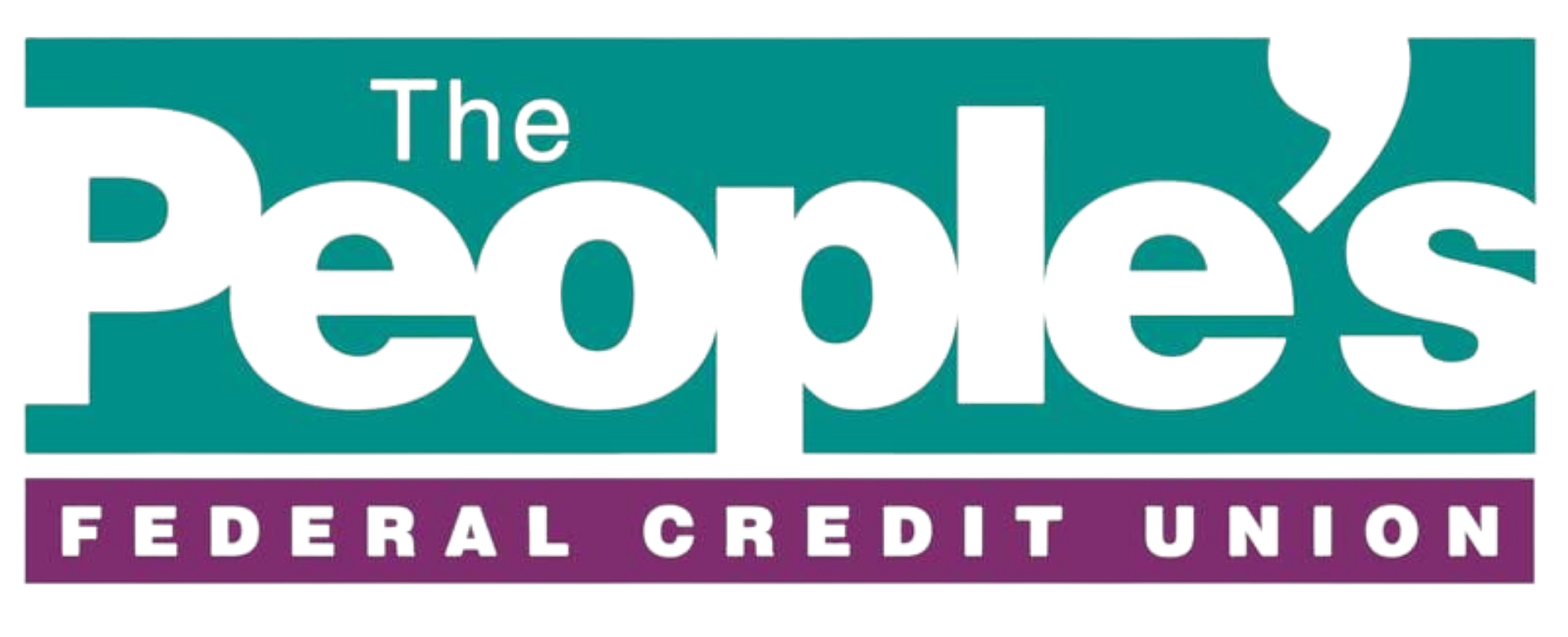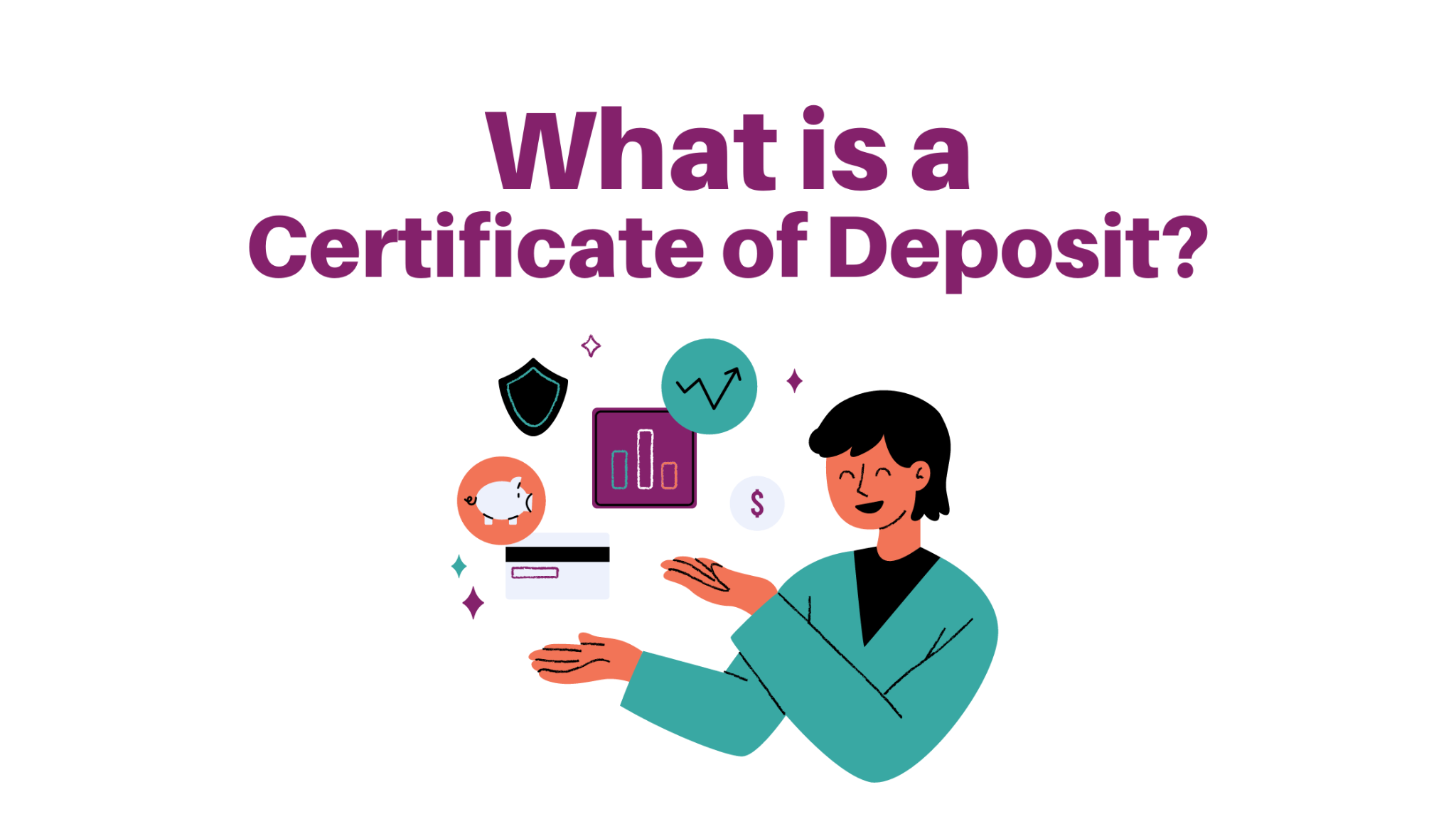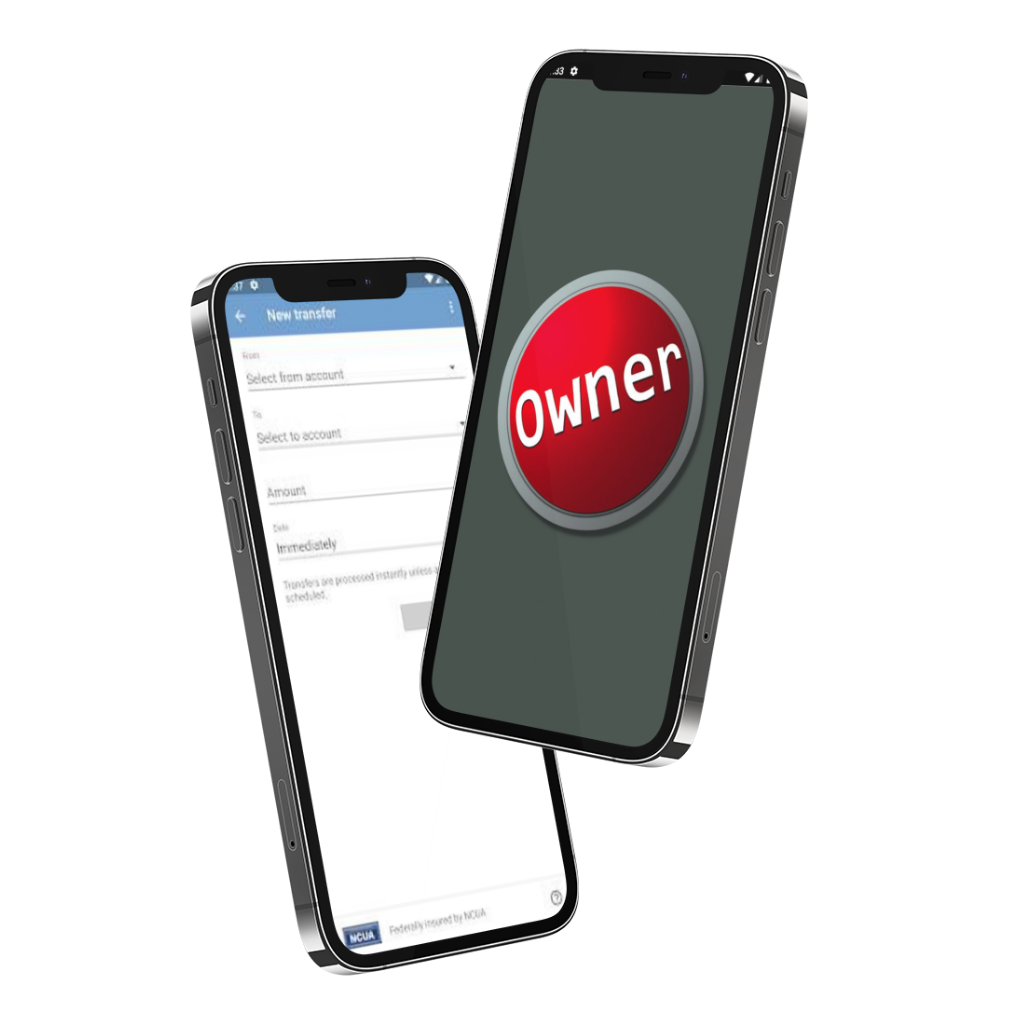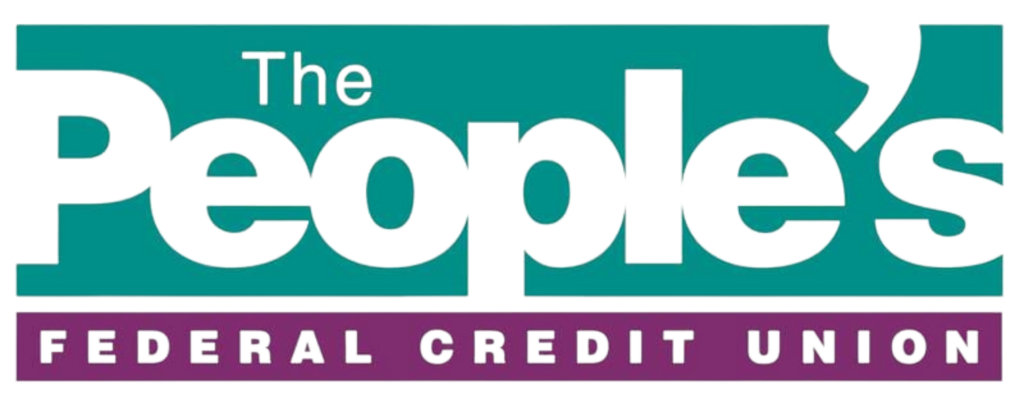For young adults, the thought of contributing to retirement savings is often not a high priority over other savings goals. Most young people would rather set aside money to buy their first home, first new car, or vacations or to pay off their student loan debt.
Yet, before you can start saving money, you first need to have a savings strategy in place. Without a plan on how much to save, you will find it difficult setting aside any money for any of your goals.
Step 1: Review Your Income
The first step is to determine how much extra money you have each pay period to set aside for savings. For some people, this may not be much, but you have to start somewhere. A good starting point, if you can afford it, is to take 10% of your gross income and set this money aside.
Step 2: Establish an Emergency Fund
Before you start saving money for any other goal, your first objective should be to have enough money set aside in a savings account for emergencies. Most people like having at least three months of expenses in the account.
Step 3: Split Your Savings
Once your emergency fund has been established and you have reached your savings goal, you are ready to start tackling your other goals. This is where you want to split the money in half. Half should go toward saving goals and half toward retirement goals.
Step 4: Make Adjustments as Your Income Changes
Anytime you get a pay increase, take the time to re-evaluate your cashing savings vs. retirement savings goals. Instead of splitting 10% of your gross income, you might be able to afford to start setting aside 15% or 20% of your gross income for your financial goals.
Step 5: Take Advantage of Employer 401(k) Programs
If your employer offers a 401(k) program, it is worthwhile to contribute to the plan, especially if they offer matching contributions. Matching contributions are basically free money your employer is giving you for retirement. If your employer doesn’t offer a 401(k), you can still set aside money for retirement in an IRA instead.
Why Putting Off Saving for Retirement Is Not a Good Idea
It can be difficult to justify setting money aside for retirement when you won’t see that money until much later in life. It can be more tempting to just spend the money now and worry about saving for retirement when you get older.
However, what you might not realize is that the money you set aside now for retirement will compound. Compounding helps your retirement savings grow significantly. The sooner you start saving for retirement, the more money you will have in your Golden Years, and you won’t have to worry about Social Security, which may no longer be around.

For example, if you are currently 20 years old and are contributing 10% of a $30,000 annual salary to a 401(k) with an employer matching of 5%, at age 67, without any other changes, you would have contributed $141,000 to your 401(k) and your employer would have contributed $7,050.
However, your actual balance in your retirement account would $574,435.14, thanks to compounding! With a 4% pay increase each year until retirement, you could have well over $1 million set aside. Keep in mind, this is just a basic example to show how compounding works.
Hopefully, you can see why investing in your retirement now can pay off in the future. To learn more about opening a savings account or an IRA account, please feel free to stop by your nearest branch of The People’s Federal Credit Union in Amarillo, Canyon, or Childress or call us at (806) 359-8571 today!








